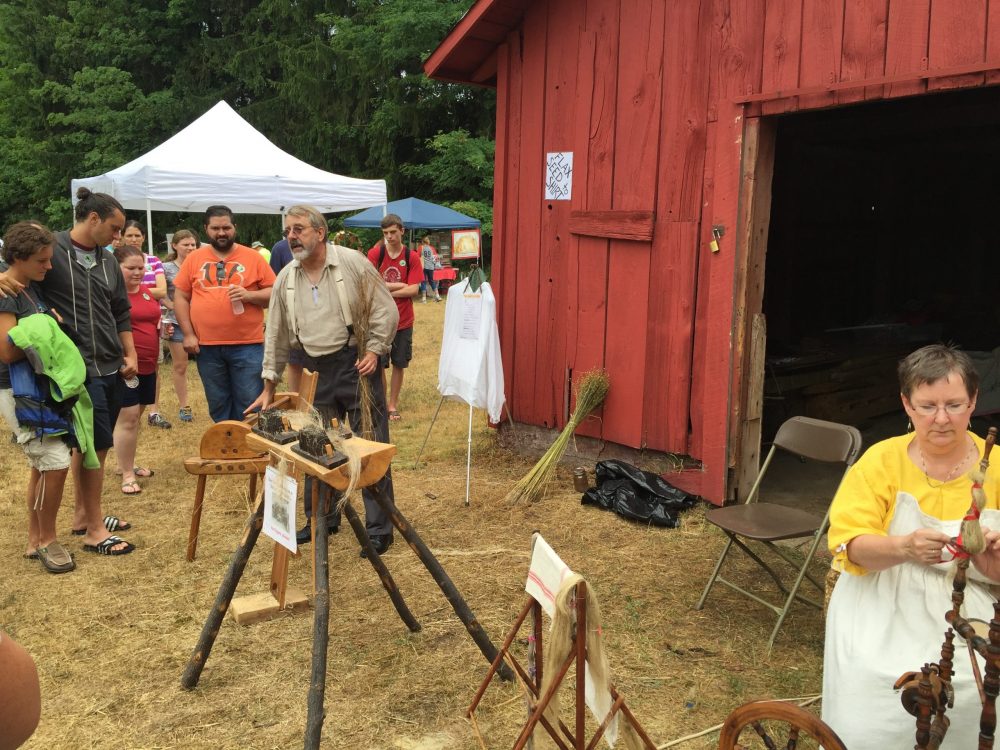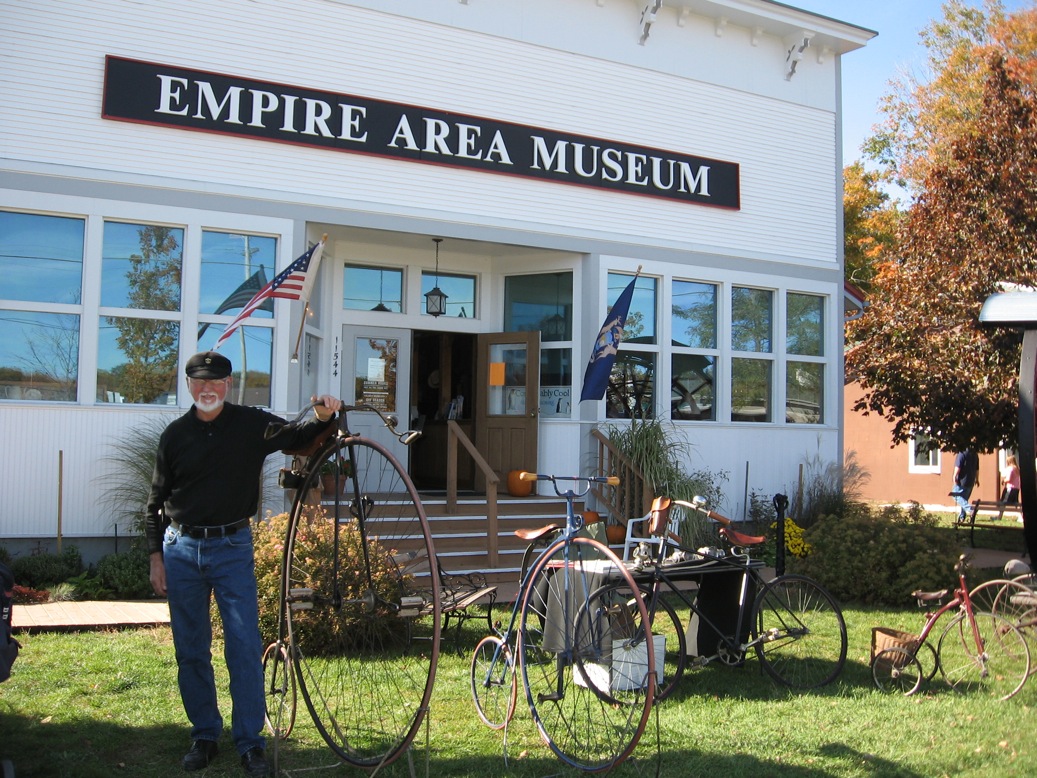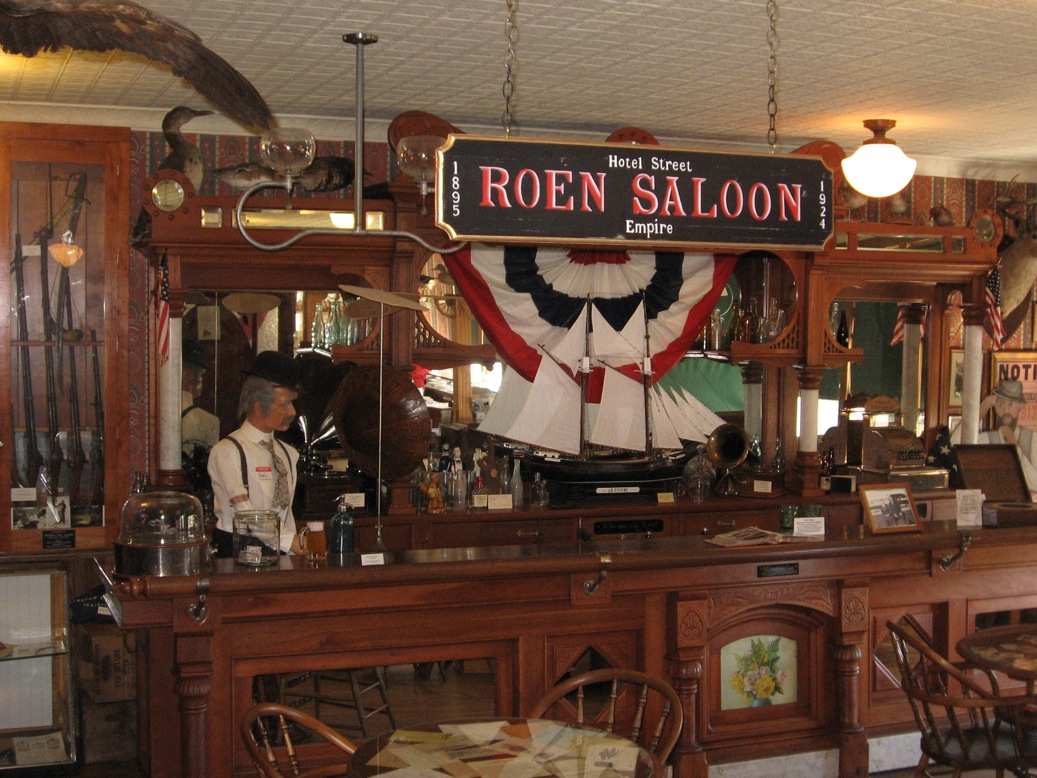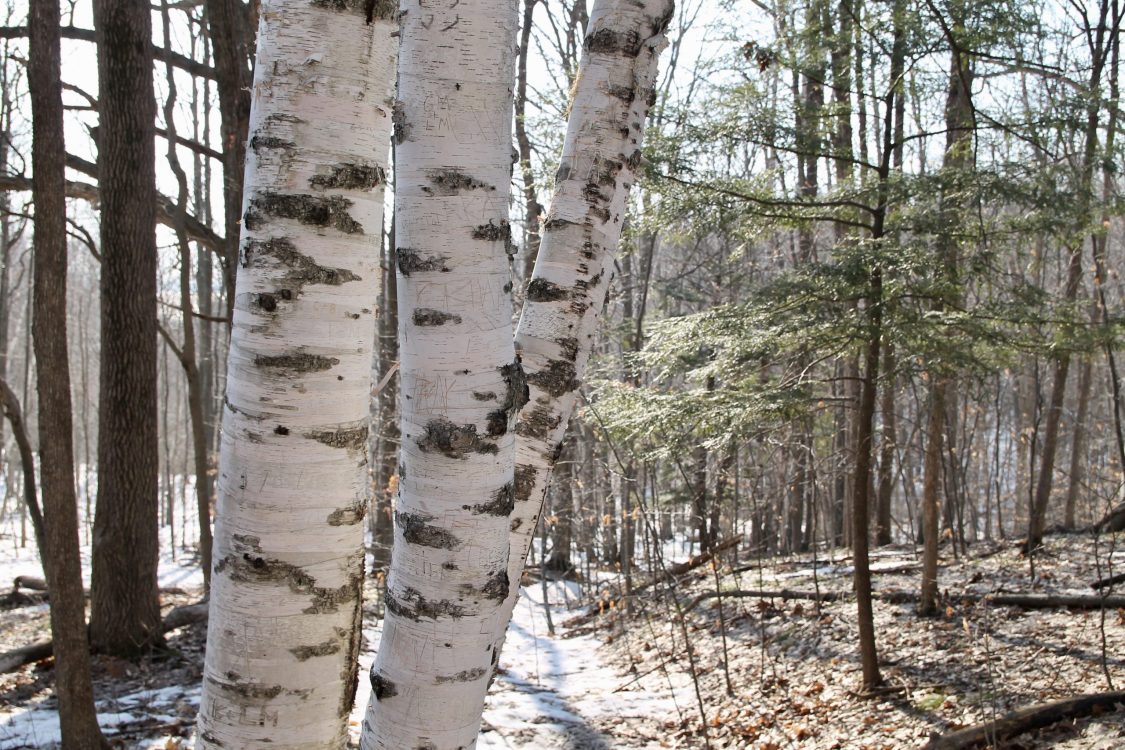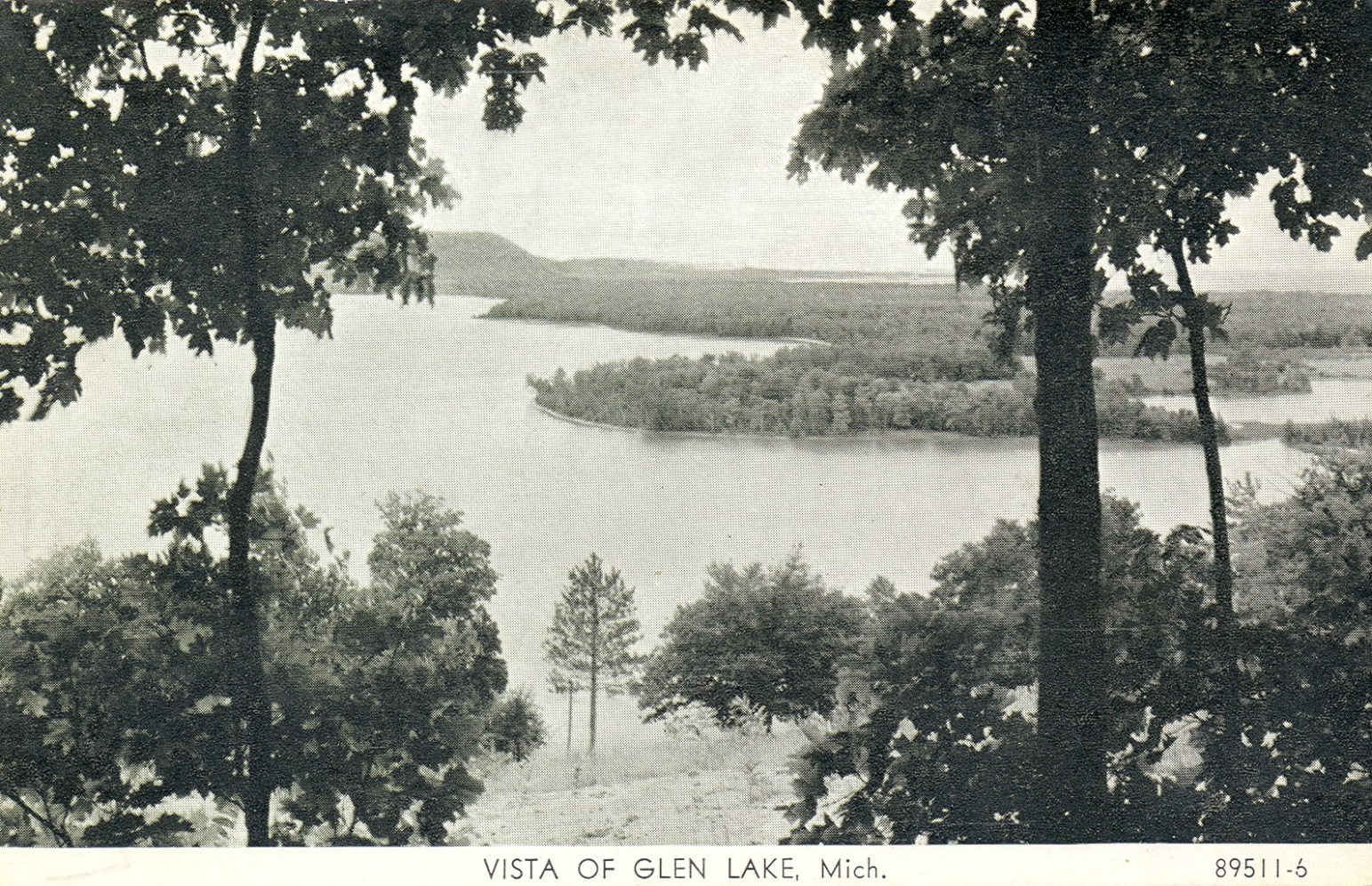Native Americans were the first inhabitants of the area. The Odawa (Ottawa), the Ojibwa (Chippewa) and Bodowadomi (Pottawatomi) tribes flourished off the fertile farming land, fishing and hunting. Today, the Tribal Council of the Grand Traverse Band of Ottawa & Chippewa Indians is a Sovereign Nation, honoring their ancestors and empowering the well being of their members.
French fur traders inhabited the area in the 1800s. In the 1800s, the Great Lakes became major avenues of commercial shipping. Docks were built on Manitou Island to furnish cord wood to fuel the ships. The first mainland Leelanau County settler established a trading post in 1847 near the mouth of the Crystal River. The wife of one of the early settlers admired the trees covered with grape vines and named the community "Glen Arbor."
In 1886, D.H. Day bought large tracts of land, including all of Glen Haven. He fervently believed in and promoted the area's future. He produced lumber at his Glen Lake sawmill, replanted trees for second growth, planted fruit orchards and established a cannery at his dock in Glen Haven, which has become an iconic area image preserved today.
By the 1900s, the new growth was in tourism. A handful of resorts began along the shores of Glen Lake with visitors arriving by steamship in Glen Haven. Wives and children would often stay the entire summer, with the men arriving from Chicago by steamer for the weekends. Glen Lake had two golf courses and a passenger excursion boat which stopped at resorts and cottages.
People have been drawn to the beauty of the area for many years, including many writers and artists who have established homes and galleries here. The creation of the 72,000 acre Sleeping Bear Dunes National Lakeshore in 1971 assured that future generations would also be able to experience and enjoy the unique, pristine beauty of this land.
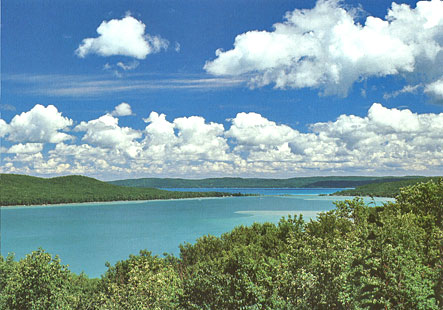
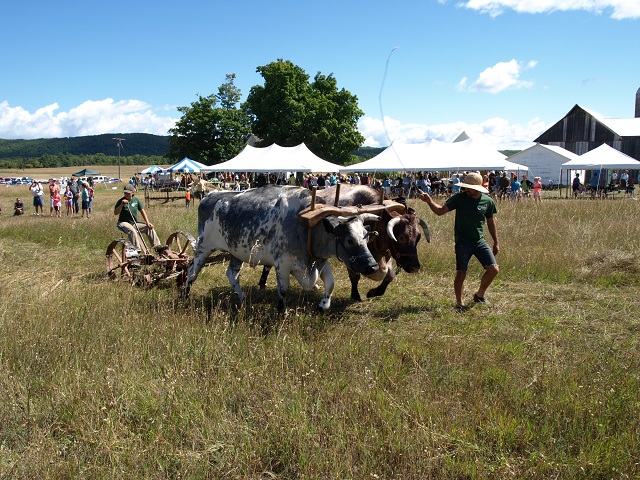
Today, visitors can experience area history through:
• Explore preserved property within the Sleeping Bear Dunes
• Visit the Philip A. Hart Visitors Center, the Visitors Center for the National Park Service
• Stop by Preserve Historic Sleeping Bear's interpretive center in Port Oneida Rural Historic District at the Olsen Farm, 3 miles north of Glen Arbor, or attend one of their many historical and educational programs. Each year near the beginning of August, you can take a step back in time at the Port Oneida Fair and experience life as it was in the late 1800's and early 1900's.
• Empire Area Museum Complex offers visitors of all ages tons of enjoyment from the main museum to the old school house, a blacksmith shop, a 1911 hose house, and Roen's Saloon. Learn more about visiting hours, membership and their exhibits.
